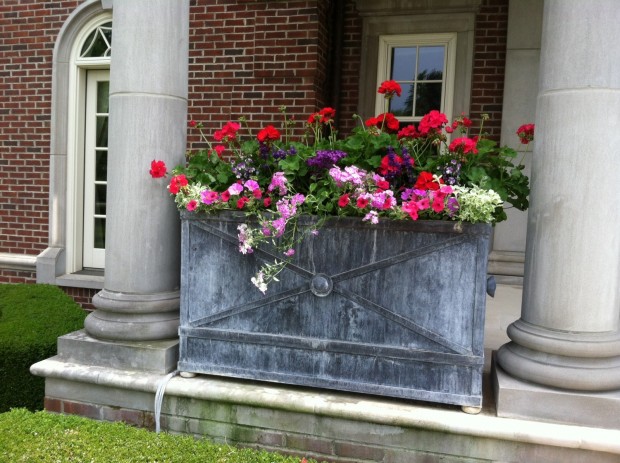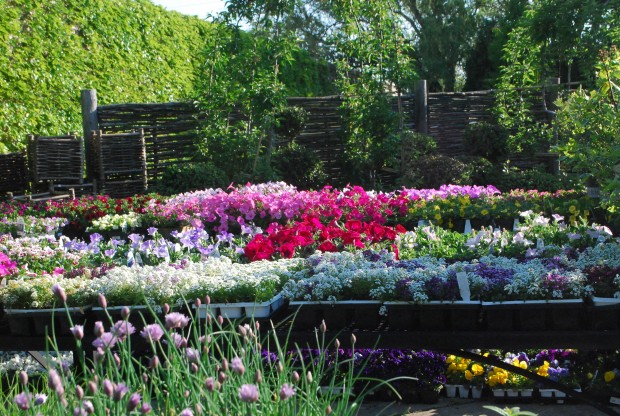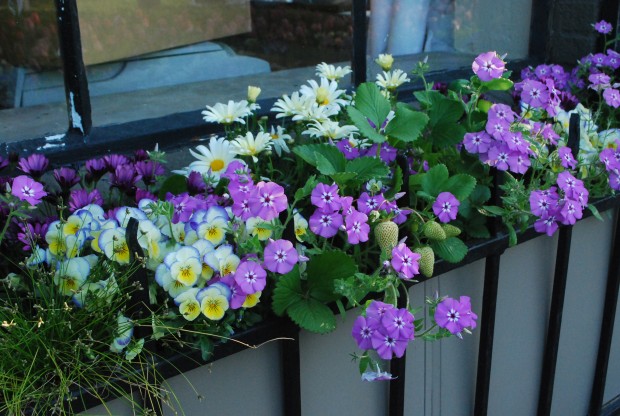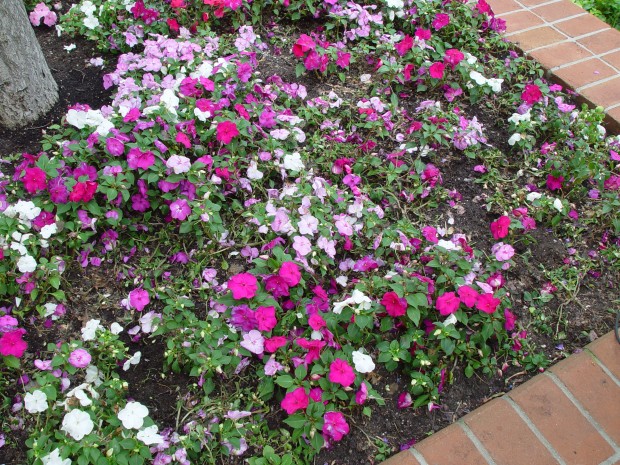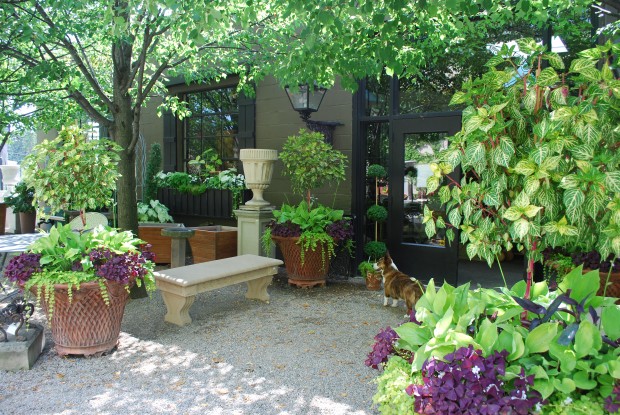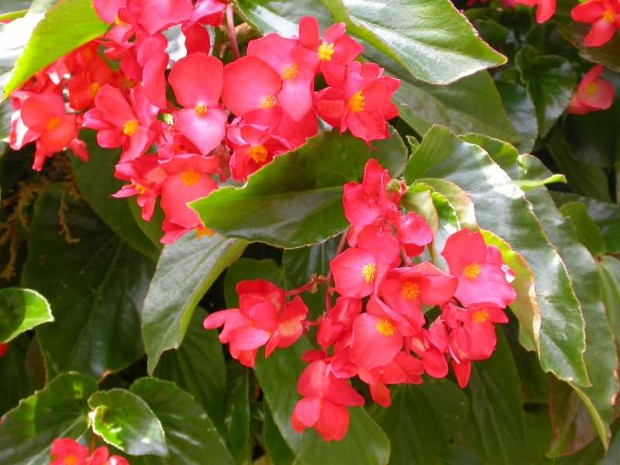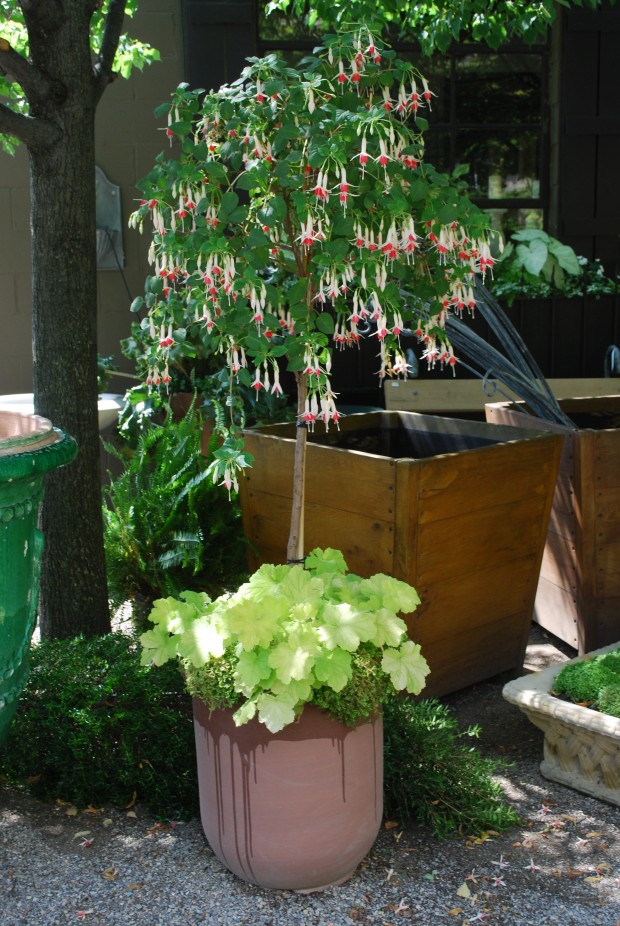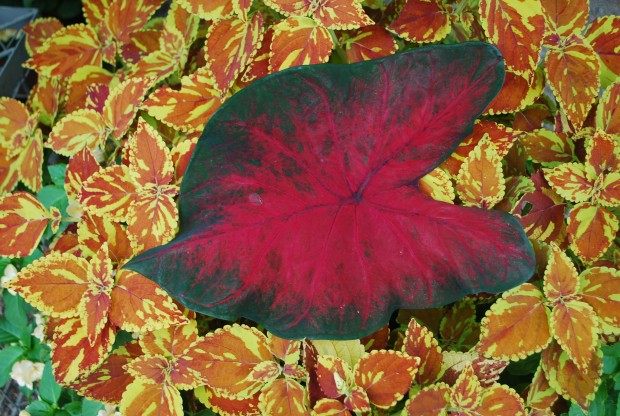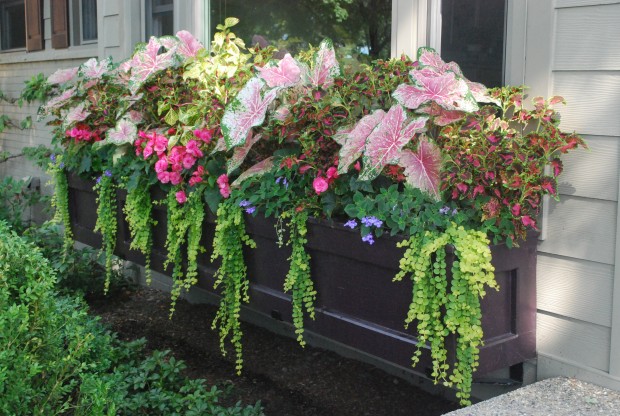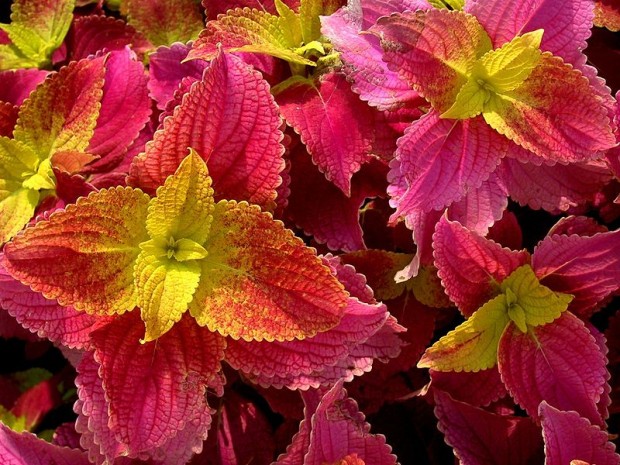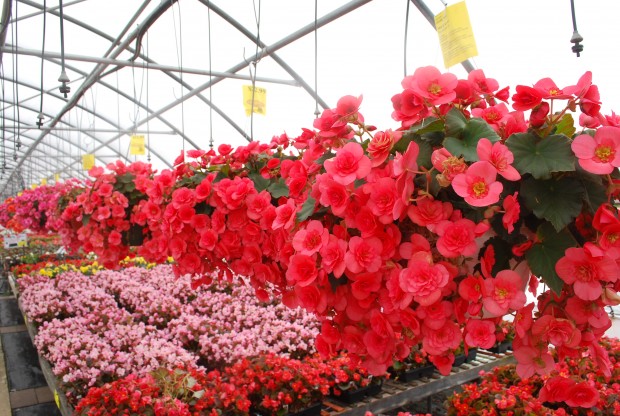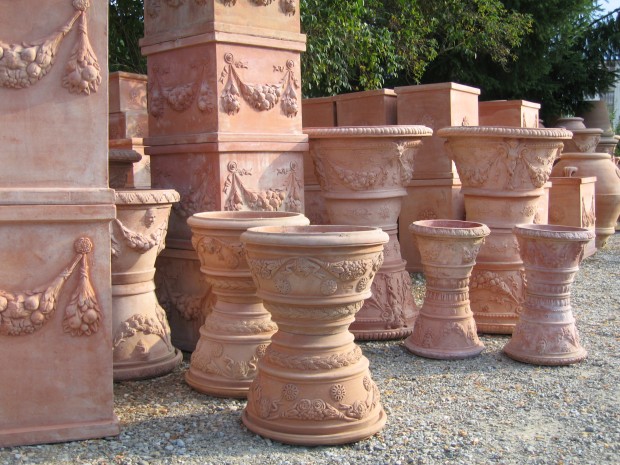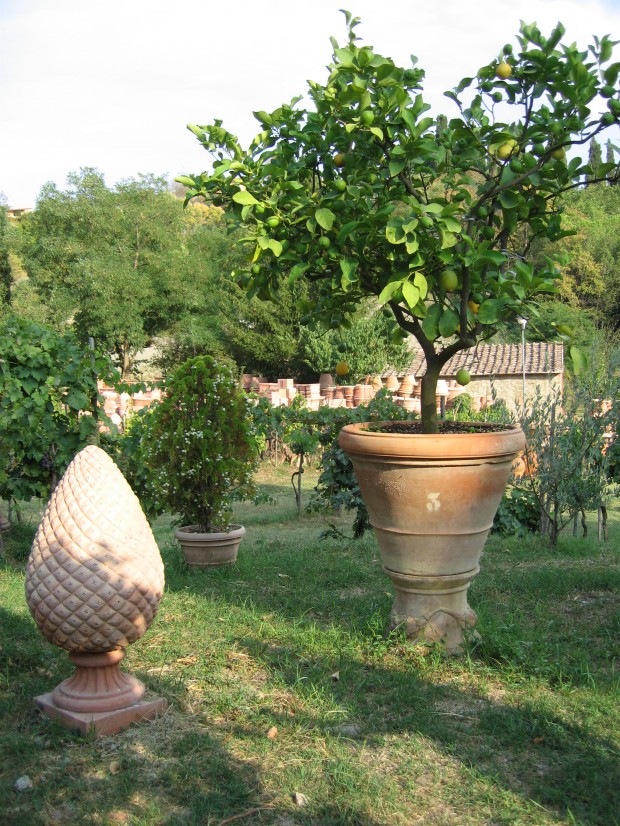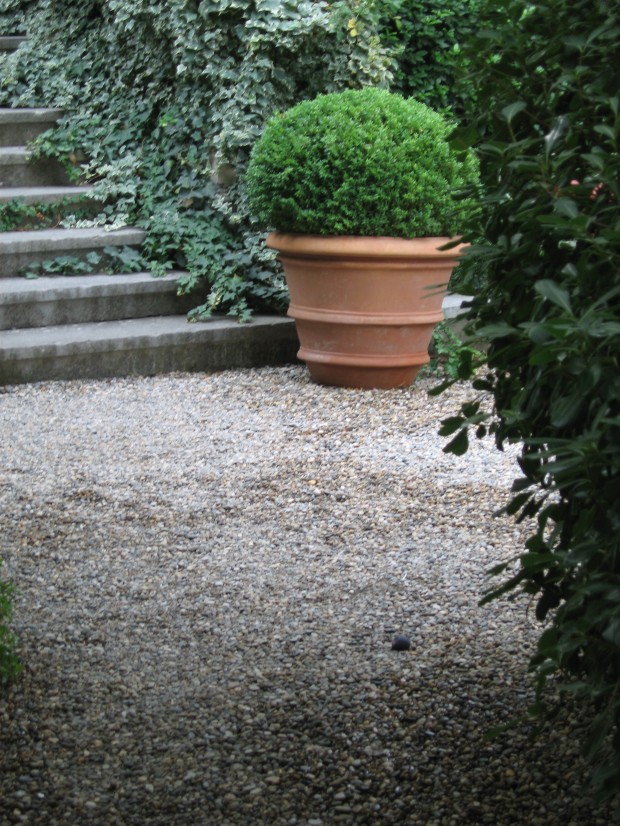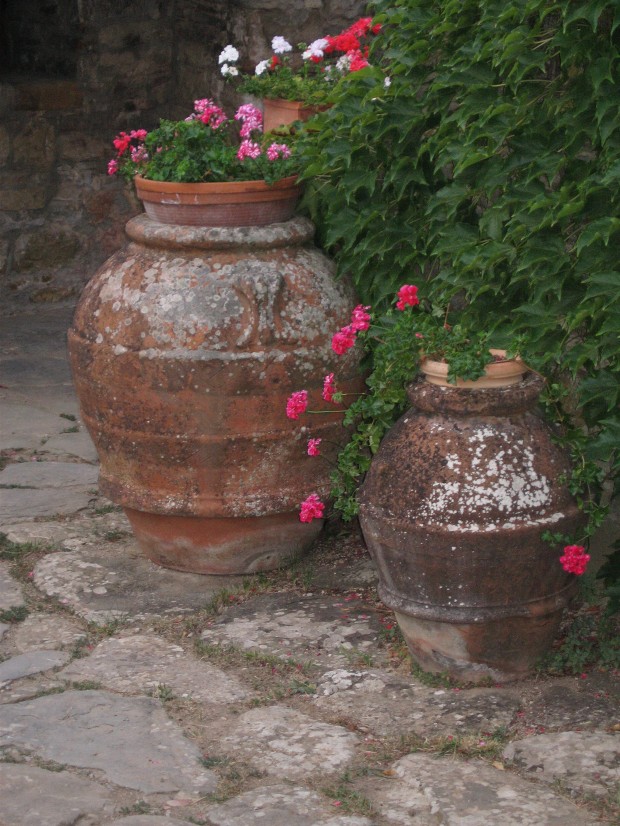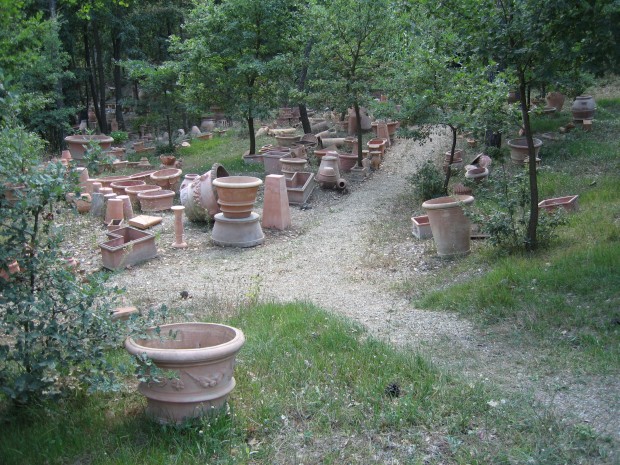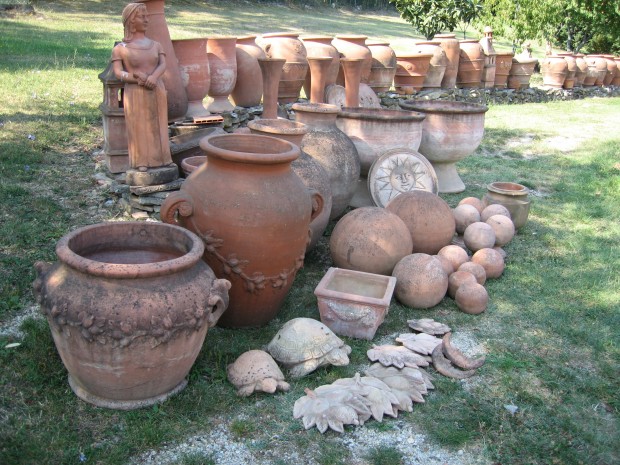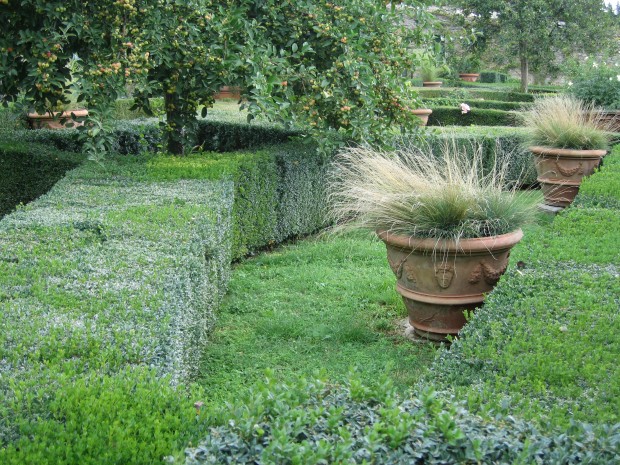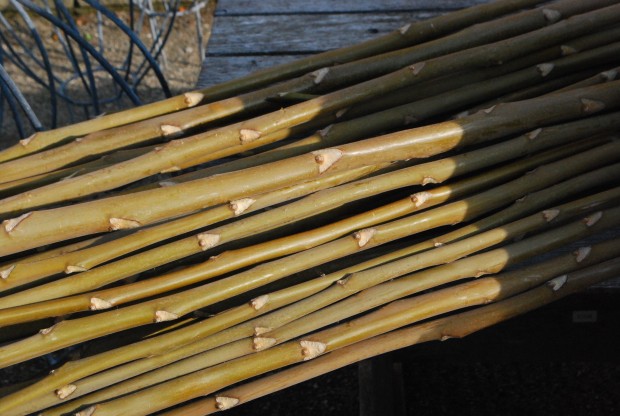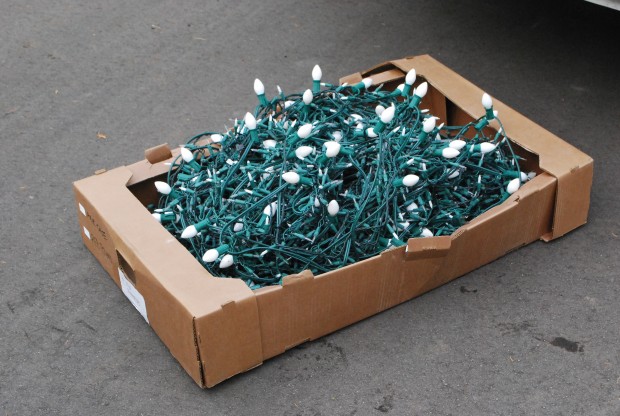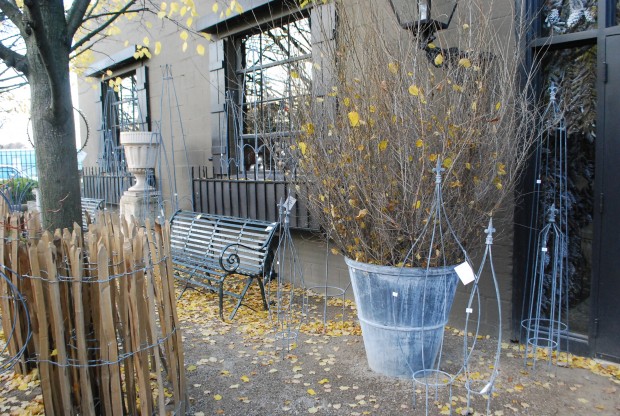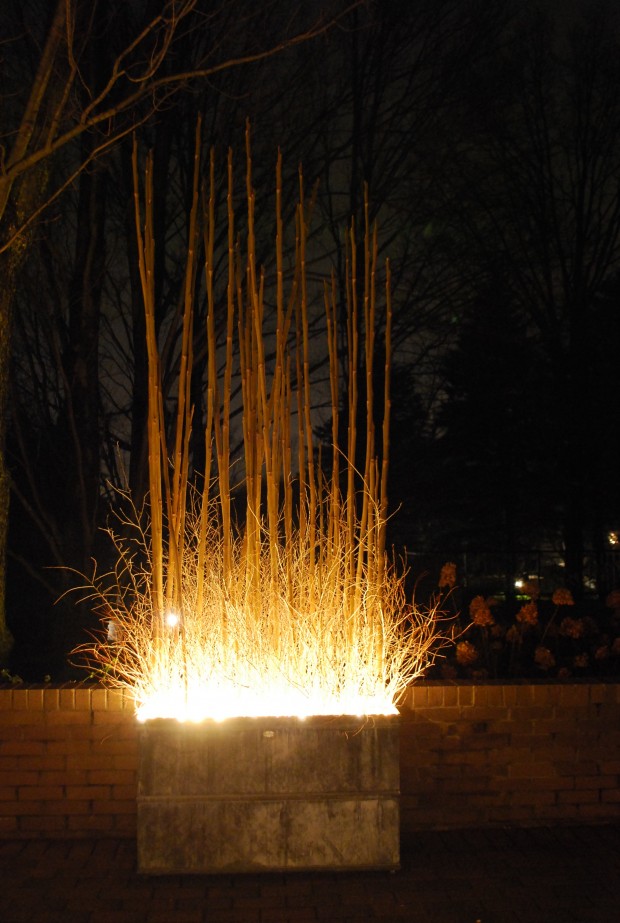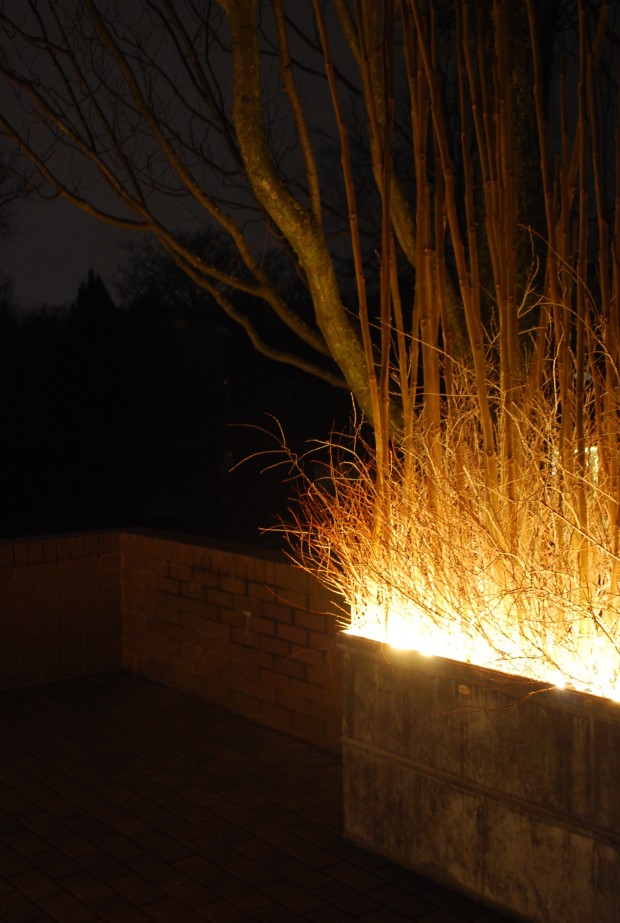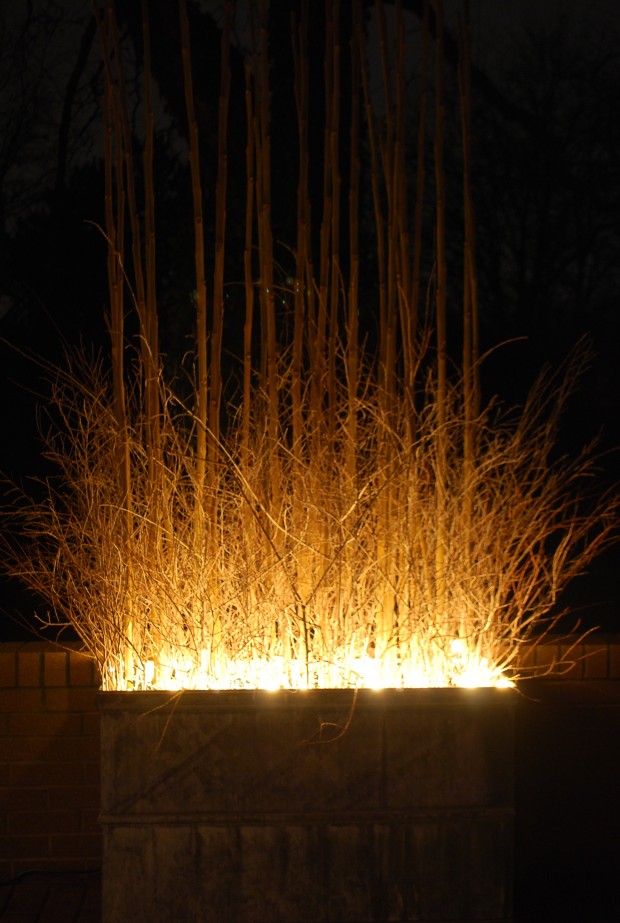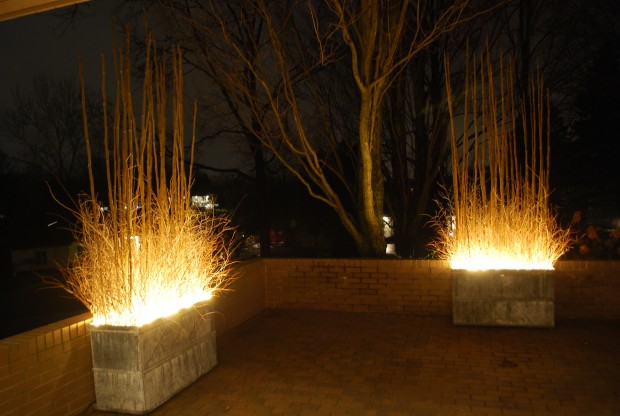Reluctantly, I planted my first pots, this past Friday.. I was reluctant, as the overnight temperature was 46 degrees. At 9am, just 52 degrees. But this particular client spends most of the summer on the east coast. She needs an early planting, so I am happy to oblige. She knows there could be damage from cold-she is willing to risk it. She has every hope that when she gets back in late summer that her pots will still look good. What looks good early that goes on to look good late-that is a tall order. I choose the plants that go in her pots carefully. This means plants that can shake off the cold. Plants that have staying power. And a great soil in which to plant. No begonias or coleus or caladiums for her. Good planning in the beginning makes for good results. The big idea here-know your habits, your inclinations, your summer schedule, your availability to look after them-then plan to plant your pots accordingly.
I am very concerned that whatever gets planted produces good results. I am sure you are wondering why I am so interested in results-as if planting summer pots was a competition. But there is a very real competition going on. A love of the idea of a gardening life-lots of people favor this. But then there is the reality. The expense and trouble versus the effort and the result-every gardener has had that moment when they weigh the effort against the results. A summer planting that falls down and fails is discouraging. A successful planting encourages a gardener to keep going, and expand their relationship with the garden. I like the idea that successful container plantings can encourage people to garden on. Abject failure makes the time and money involved the most important issue. I like the benefits of gardening to be the most important issue.
 Great container plantings revolve around three issues. First and foremost-who are you? Are you a do it yourself gardener? Do you work a job, or have kids? Are you a professional designer with clients who expect you to handle the summer season for them? Are you a person that loves green best of all? Do you have the time to individually and carefully water, or are you interested that your irrigation system do the watering work? Are you all in? Are you new to an interest in the garden?
Great container plantings revolve around three issues. First and foremost-who are you? Are you a do it yourself gardener? Do you work a job, or have kids? Are you a professional designer with clients who expect you to handle the summer season for them? Are you a person that loves green best of all? Do you have the time to individually and carefully water, or are you interested that your irrigation system do the watering work? Are you all in? Are you new to an interest in the garden?
This why I favor advance planning. I like to know how my clients see the garden. This helps me to plan for them. A planting that answers the needs of a specific gardener is the right planting. If you are planting for yourself-ask the same questions. Ask lots of questions of yourself-before you buy the first plant. Answer them, as true as you can. The second issue-where have you placed the containers? At the front door under a porch roof? On the pool deck? In a shady bed? Narrow your plant choices to those plants that will thrive in the conditions that you have. At my shop, the sun plants are in the sun, and the shade plants are in the shade-this makes choosing the right plants easy. Most nurseries do the same that I do. Most plants have care tags in the pots-read, before you leap. Plants are very specific about what they want, and if they don’t get it, they will languish.
Are you a good and faithful waterer? Do you relax, deadheading and grooming your pots? Do you have little time to devote to the maintenance of your summer plantings? Are you easy going about the relationships that develop in a container planting, or are you interested in being in charge start to finish? Do you have pots big enough to handle a day without watering in the heat of the summer? Do you have easy access to your window boxes? Will you look after those pots as soon as your family has been looked after? Are you up north in the heat of the summer? This is the third issue-are you on top of the maintenance of summer annuals?
Detroit Garden Works-everyone who works for me is ready and willing to help you with a summer planting scheme. But no one knows your summer life better than you do. Every gardener’s summer is different. I so value the diversity expressed by the gardening community. This said, tell your story. Your story, and our story, in concert, might make for some really beautiful summer containers. This is a fancy way of saying that my group likes meeting people face to face. I will repeat this, as it is so important. Be willing to tell your story. A story understood mean a plan with success in its future.
The plants are growing fast-how I love how they look. I am thinking non stop-what will I plant? What will you plant for summer this year?

